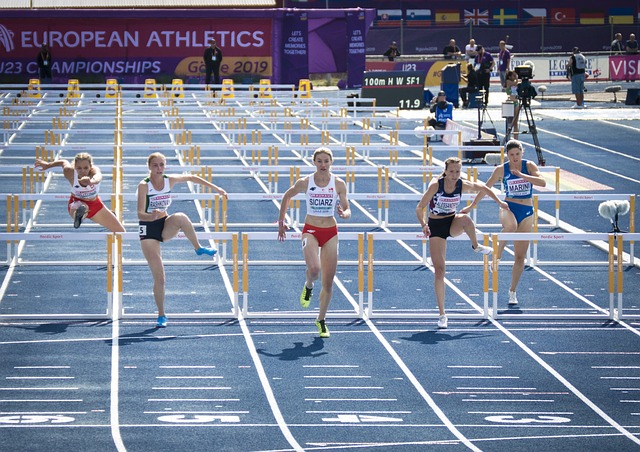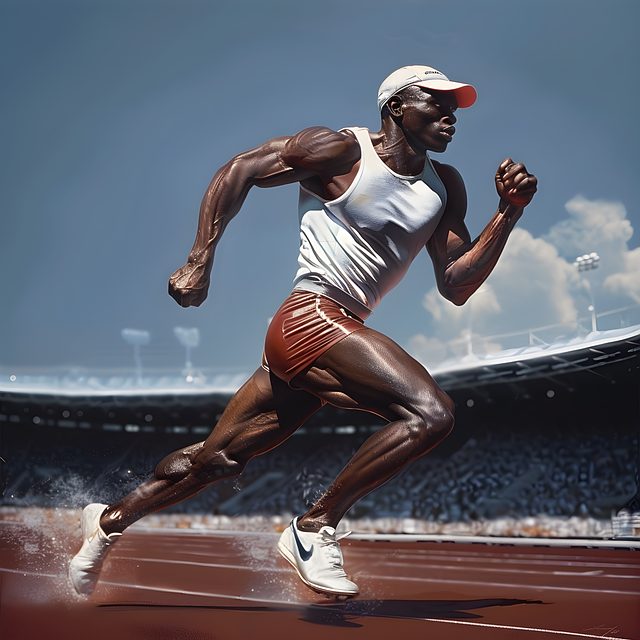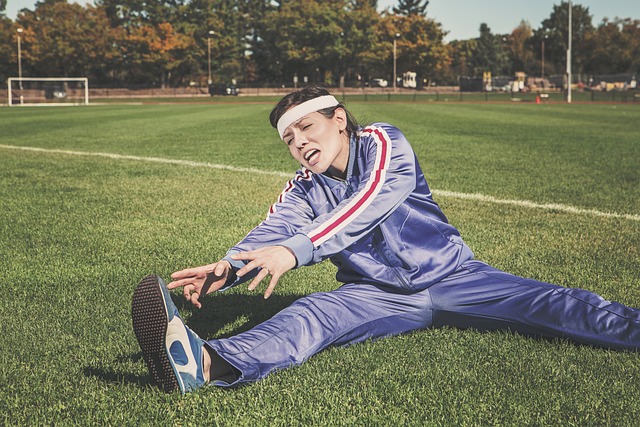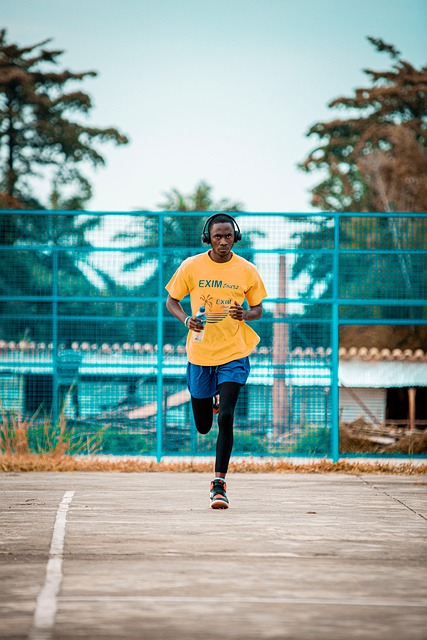Non-invasive athletic care techniques, including cold therapy, compression, light therapy, ultrasound, and blood flow stimulation, have gained popularity as safer alternatives to traditional recovery methods. These advanced approaches utilize technologies like cold therapy to reduce inflammation and muscle soreness, compression gear to enhance blood flow and reduce swelling, light therapy to stimulate cellular repair, and proper nutrition/hydration for optimal healing. By holistically targeting pain and strain areas, these non-invasive methods enable athletes to return to their sports faster while minimizing injury risks associated with more invasive interventions.
In today’s competitive sports landscape, faster recovery times are essential for athletes striving for peak performance. Discover non-invasive solutions revolutionizing athletic care, offering safe and effective methods to expedite your body’s healing process. From cold therapy and compression to light therapy and nutrition, explore these cutting-edge techniques that can help reduce inflammation, alleviate pain, and boost your post-workout recovery without the need for invasive procedures.
- Understanding Non-Invasive Athletic Recovery Techniques
- Benefits of Cold Therapy for Active Recovery
- The Role of Compression in Accelerating Recovery Times
- Exploring the Power of Light Therapy for Athletes
- Nutrition and Hydration: Supporting Your Body's Natural Healing Processes
Understanding Non-Invasive Athletic Recovery Techniques

Non-invasive athletic recovery techniques have gained significant attention in recent years as a safer and more effective alternative to traditional, often aggressive, methods. These approaches focus on promoting healing and performance enhancement without causing harm or discomfort to the athlete’s body. By utilizing advanced technologies and natural processes, non-invasive care offers a holistic way to address muscle soreness, reduce inflammation, and speed up recovery times.
One of the key benefits is their ability to target specific areas of pain and strain without invasive procedures. Techniques like cold therapy, compression gear, and certain types of massage are widely recognized for their immediate relief effects. Modern advancements include technologies such as light therapy, ultrasound, and blood flow stimulation, which have shown promising results in accelerating recovery and improving athletic performance. These non-invasive methods cater to athletes’ needs, allowing them to return to their sports faster while minimizing the risk of injuries associated with more drastic interventions.
Benefits of Cold Therapy for Active Recovery

Cold therapy, a simple yet powerful tool, has gained immense popularity in the realm of non-invasive athletic care. This technique, often involving immersion in cold water or application of ice packs, offers a myriad of benefits for athletes seeking faster recovery after intense workouts or competitions. By inducing mild stress on the body’s circulatory system, cold therapy stimulates blood flow to specific areas, enhancing the removal of metabolic waste products and reducing inflammation.
One of its key advantages is the ability to alleviate muscle soreness and delay the onset of exercise-induced damage. This non-invasive approach can significantly shorten recovery time, allowing athletes to return to their training routines faster. Moreover, cold therapy provides a natural way to manage pain without relying on prescription medications, making it an attractive option for those prioritizing holistic wellness in their athletic journey.
The Role of Compression in Accelerating Recovery Times

Compression is a powerful tool in the realm of non-invasive athletic care, playing a significant role in accelerating recovery times for athletes. By applying strategic compression to muscles and tissue, blood flow is directed back towards the heart, reducing inflammation and swelling that can slow down healing processes. This enhanced circulation ensures that essential nutrients and oxygen are delivered more efficiently to affected areas, supporting the body’s natural repair mechanisms.
Moreover, compression garments provide stability and support to overworked muscles, minimizing further damage and reducing post-workout muscle soreness. Whether it’s tight-fitting clothing or specialized compression sleeves, these tools work in harmony with the body’s natural recovery processes, helping athletes return to their active routines faster and more effectively.
Exploring the Power of Light Therapy for Athletes

Athletes are always seeking an edge, striving for faster recovery times to enhance their performance and reduce downtime. Among the various non-invasive solutions gaining traction in athletic care is light therapy. This innovative approach leverages the power of specific wavelengths of light to stimulate cellular repair and promote healing.
Light therapy offers a safe and effective way to accelerate muscle recovery, reduce inflammation, and alleviate pain without the need for medications or invasive procedures. By targeting deep tissue with targeted light exposure, athletes can potentially speed up their return to training and competition. Emerging research suggests that different colors of light have varying effects on the body, with red and near-infrared lights particularly effective in stimulating mitochondria production and enhancing circulation—key factors in tissue repair and overall athletic recovery.
Nutrition and Hydration: Supporting Your Body's Natural Healing Processes

Nutrition and hydration play a pivotal role in athletes’ recovery, offering a powerful yet often overlooked aspect of non-invasive athletic care. The right fuel supports muscle repair and regeneration after intense training sessions or competitions. A balanced diet rich in lean proteins, complex carbohydrates, and healthy fats ensures the body has the necessary building blocks to restore and build new muscle tissue. Antioxidant-rich foods also aid in reducing inflammation and oxidative stress, common byproducts of strenuous exercise.
Staying properly hydrated is equally critical. Water is essential for transporting nutrients, removing waste products, and maintaining optimal body temperature during physical activity. Adequate hydration levels enhance recovery time, reduce muscle soreness, and support overall physiological functions vital to the healing process. Athletes should focus on consistent, regular intake of fluids throughout the day, especially before, during, and after training or events, to sustain peak performance and expedite recovery.
In the pursuit of faster athletic recovery, non-invasive solutions offer a promising path forward. By understanding and incorporating techniques like cold therapy, compression, light therapy, and proper nutrition, athletes can significantly enhance their recovery processes. These methods, when combined, create a comprehensive approach to non-invasive athletic care, enabling athletes to return to peak performance faster and safer than ever before.
